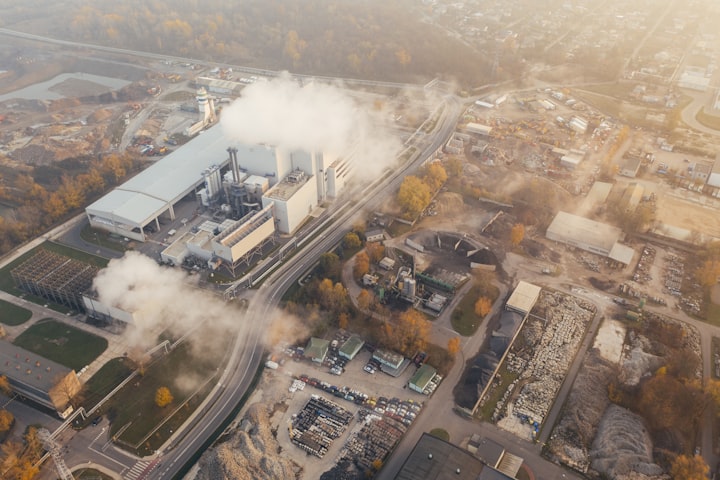The Correlation Between Air Quality & Employee Productivity
We are probably all aware that air quality can have an impact on a number of different things, but have you ever thought about the way in which it might affect the productivity of your employees?

We are probably all aware that air quality can have an impact on a number of different things, but have you ever thought about the way in which it might affect the productivity of your employees?
Research has now started to show a direct link between the air that we breathe and the work that we do, so in this article, CEM Solutions take a look at what the correlation is between air quality and employee productivity.
What is indoor air quality?
It is important to measure the quality of the air that we breathe, but this can be very different depending on whether we are inside or outside.
Air quality can be affected by a number of different things, including the chemical pollutants that can be found in the atmosphere and stem from cleaning products, building materials and even office equipment.
There are also biological pollutants such as bacteria, mould and pollen and particulate matter like dust, smoke and other particles.
The effect on productivity
When there is a poor indoor air quality, it can contribute to health conditions such as respiratory issues like asthma and allergies. This can mean that employees can experience some levels of discomfort whilst they are at work, and this can lead to an understandable drop in productivity. In extreme cases, it can make them ill enough to require time off.
It is not just your employees who can be unwell, as poor indoor air quality can also lead to sick building syndrome (SBS). This occurs when individuals within the same building all start to experience similar symptoms, including dizziness, headaches, nausea, fatigue and an irritated nose, throat or eyes.
Cognitive functions can also be affected by a poor indoor air quality. Certain pollutants such as carbon dioxide have been known to impair our concentration and memory and can be responsible for creating a difficulty in making decisions. These are obviously all very important traits in a work environment and so difficulties in these areas can lead to a noticeable drop in productivity levels.
Our health is one thing, but poor indoor air quality levels can also be responsible for some dramatic psychological implications. A high concentration of particular pollutants can contribute to issues such as stress, irritability, and even depression, which will all impact on the way people work. These can have a direct link to employee motivation, morale and job satisfaction, and can lead to dips in productivity, increased absence and even a higher turnover of staff.
How to improve indoor air quality
This all goes to show that it is very important to pay attention to the air quality of your workspace, as it can impact on the wellbeing of your employees as well as your business. One of the main causes of poor indoor air quality is from a buildup of pollutants in the air, which can come from different sources.
A ventilation system such as an air conditioning unit can help with the filtration of these pollutants, as it will trap particulate matter, pollen, allergens and even bacteria. This ensures that your employees are breathing in cleaner, fresher air. By having air conditioning in place, it is also not necessary to open windows and doors in warm weather, which can then stop pollutants coming in from outside.
Indoor air quality is always important, but this is particularly true within a business thanks to the number of people that it can affect. Spending prolonged periods of time in a space with poor air quality will make working much more difficult and can have a clear impact on productivity.
About the Creator
Mike Lloyd
Mike Lloyd is the Managing Director at CEM Solutions, who offer products and services to cover all aspects of monitoring emissions to air and process control.






Comments
There are no comments for this story
Be the first to respond and start the conversation.